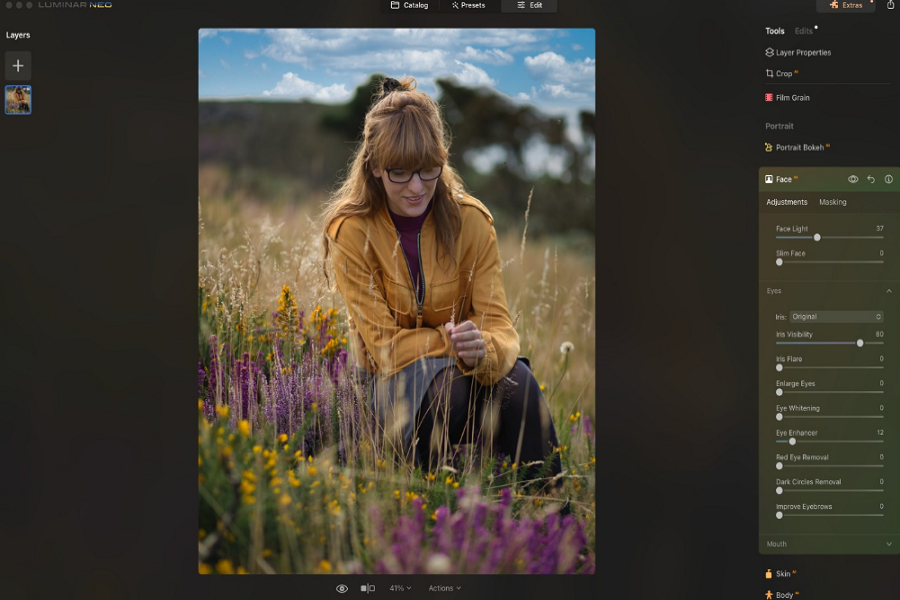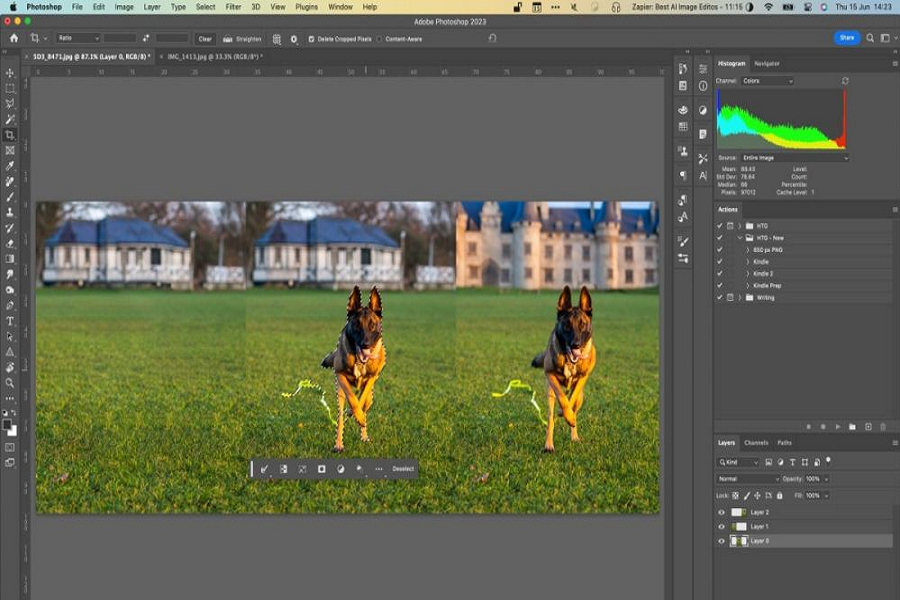AI photo editing refers to the use of artificial intelligence technologies to enhance, modify, or automate the process of editing photographs. This innovative approach integrates advanced technologies such as machine learning and neural networks to create a more efficient and effective workflow for photographers and designers. In recent years, AI photo editing has gained immense popularity as it streamlines monotonous tasks, significantly improving the overall quality of the images.
Introduction to AI Photo Editing
At its core, Ai photo editing software on algorithms that analyze and interpret data from images. Machine learning enables the software to learn from vast datasets, understanding patterns and features that define high-quality imagery. Neural networks further contribute to this process by mimicking the way human brains process information; they excel in recognizing faces, objects, and even the nuances of lighting and color balance. Consequently, these tools can automatically suggest or apply corrections that would typically require manual adjustments.
One of the primary benefits of utilizing AI editing tools is the significant increase in efficiency. Photographers often face an overwhelming number of images that require editing. AI software can quickly handle repetitive tasks, allowing professionals to focus on other critical aspects of their creative work. With features like automated cropping, smart enhancements, and batch processing, AI tools save valuable time while ensuring a consistent standard across all images.
Moreover, the application of AI in photo editing leads to improved image quality. Advanced algorithms can enhance clarity, adjust color saturation, and eliminate noise, creating polished and visually appealing photographs. This technology not only empowers experienced editors to achieve results faster but also enables novice users to produce impressive images without extensive training.
Key Features of Popular AI Photo Editing Tools
In the dynamic world of photo editing, several AI-powered tools stand out due to their innovative features and enhanced usability. Among the leading options available, Adobe Photoshop has significantly integrated AI-assisted functionalities, elevating its traditional capabilities. Utilizing Adobe Sensei, Photoshop offers users advanced features such as content-aware fill, which seamlessly removes unwanted objects from images. Additionally, its neural filters allow for sophisticated portrait enhancements, enabling adjustments in expression and age with remarkable ease.

Another notable contender is Luminar AI, a tool designed with automation at its core. Luminar AI excels in providing auto-enhancements through smart presets, making it an excellent choice for both beginners and advanced users. Key features like sky replacement allow photographers to enhance the dramatic appeal of landscapes effortlessly. The AI engine analyzes various elements within a photo and suggests optimal adjustments, ensuring users obtain aesthetically pleasing results in a fraction of the time compared to manual editing.
Several other tools also merit attention in the realm of AI photo editing. Capture One, renowned for its color-grading capabilities, incorporates AI-driven tools to expedite workflow and boost editing efficiency. Similarly, Topaz Labs offers a suite of plugins that utilize AI to enhance images through noise reduction and sharpening techniques. These tools stand out not only for their unique features but also for user-friendliness, making them accessible to a broad range of users across different skill levels.
Ultimately, the effectiveness of these AI photo editing tools lies in their ability to enhance creative workflows while simplifying complex editing processes. Each software presents unique strengths, catering to various user requirements and preferences, making the selection of the right tool an essential aspect for photographers aiming to achieve their desired editing goals.
Related Articles: Va panel for photo editing
Practical Tips for Getting the Most Out of AI Photo Editing Software
Choosing the right AI photo editing software is pivotal to achieving your desired outcomes efficiently. Begin by assessing your specific needs, including whether you are a professional photographer, a hobbyist, or someone seeking simple enhancements for personal images. Popular options like Adobe Photoshop’s AI features or dedicated platforms such as Luminar and Topaz Labs each offer distinct functionalities that cater to various skill levels and creative needs. Reading reviews, watching tutorial videos, and utilizing free trials can help gauge which software aligns best with your preferences and requirements.
Once you have selected an appropriate AI tool, combining its automated capabilities with manual editing can significantly enhance your creative control. While AI technology excels at streamlining processes such as background removal, color correction, and image enhancement, manual adjustments can facilitate a personal touch to your images. For instance, utilizing AI to perform initial edits such as cropping or noise reduction, followed by manual enhancement of details like lighting, provides a balanced approach that keeps your artistic vision intact.
Moreover, it is important to be aware of common pitfalls when using AI photo editing software. Over-reliance on automated functions can lead to unnatural results. Always scrutinize the final output; adjustments may be necessary to ensure that the image retains authenticity and personal flair. Additionally, it is advisable to avoid excessive alterations in core elements such as contrast or saturation, as this can detract from the original image quality.
Improving your skills in AI photo editing is an ongoing journey. Explore online resources such as tutorials, forums, and webinars to deepen your understanding of advanced techniques. Participating in photography communities can also provide valuable insights and feedback, elevating your proficiency in this innovative editing realm.

